The Official FloGrappling Leg Entanglement Encyclopedia
The Official FloGrappling Leg Entanglement Encyclopedia
Need to brush up on your ashi garami terminology? The official FloGrappling leg entanglement reference guide is here!

Unlock this article, live events, and more with a subscription!
Already a subscriber? Log In
Now that the IBJJF will be allowing heel hooks in 2021, it's time to brush up on your leglock knowledge. There are several leg entanglements, and most of them have a variety of names. Need to refine on your terminology? The official FloGrappling leg entanglement reference guide is here!
Ashi Garami
Ashi garami is a blanket term for leg entanglement. When most people use the phrase, they are referring to the standard configuration of the position, irimi ashi garami. But ashi garami can separate into several different classifications.
Irimi Ashi Garami
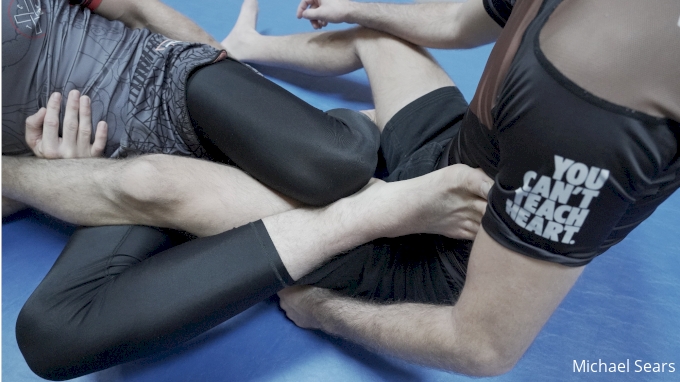
Irimi — or standard — ashi garami is probably the most well-understood leg entanglement position, as it is currently legal in all competitive formats. It is identical to the single-leg X-guard, and is most commonly used to attack straight ankle locks.
Irimi ashi garami does not include a knee reap. Instead, the attacker wedges a knee between the defender’s legs, while the attacker’s second leg travels underneath and around the defender’s leg, posting the foot on or near the defender’s hip.
Outside of gi competition, leglock specialists do not often use this position to finish attacks. Instead, they utilize irimi ashi garami as an initial form of control with intentions to advance into a more secure position.
Relative Position
Most leg entanglements can be broken down into two sets of categories: straight or cross ashi, and inside or outside ashi.
Straight Ashi vs Cross Ashi
The position of the defender’s leg determines whether a leg entanglement is straight or cross. Irimi ashi garami, for example, is a straight variation, because the defender’s leg lays straight over the attacker’s mirroring hip.
If, in contrast, the defender’s leg crosses the center of the attacker’s body and lays over the far hip (resembling a leg drag), this would be a cross ashi variation.
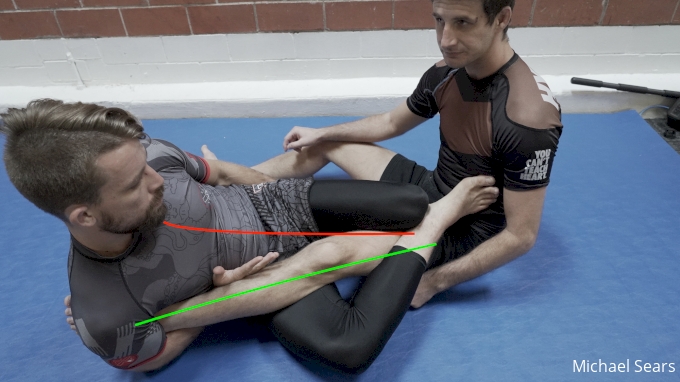
This is a variation of straight ashi because Chase’s leg does not cross the centerline of my body.

This is a variation of cross ashi because Chase’s leg crosses my centerline.
Inside Ashi vs Outside Ashi
While the terms straight and cross refer to the position of the defender’s legs, inside and outside refer to the position of the attacker’s legs. If the attacker puts his center leg outside the defender’s legs, the position is an outside variation. On the other hand, if the attacker’s legs travel in between the defender’s legs, the position is an inside ashi.
Outside ashi positions do not technically reap the knee, and are therefore currently legal in all rulesets, gi and no-gi.
Inside ashi variations commonly result in knee reaps, and are often illegal. However, particular grips determine whether or not an inside leg position is a reap.
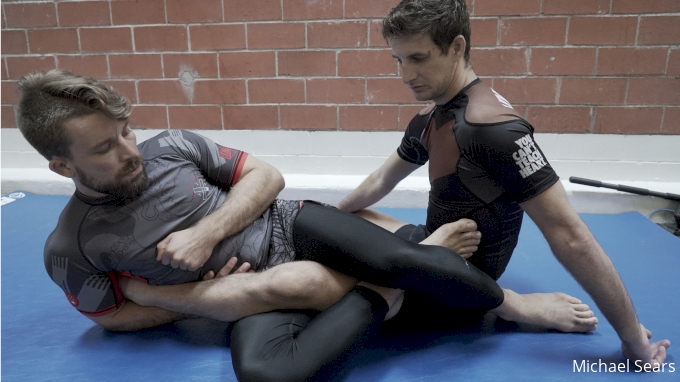
This is an outside ashi garami, as both of my legs are outside of Chase’s legs.
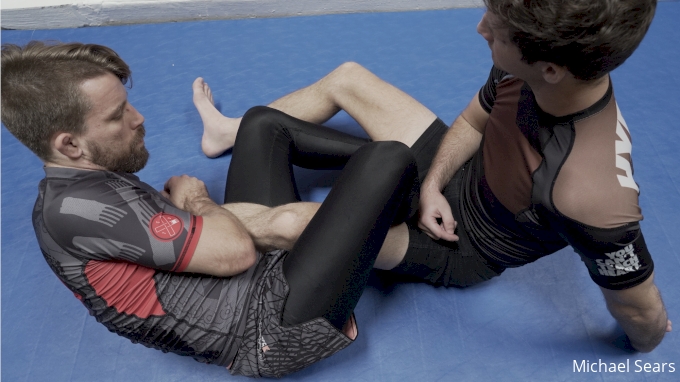
Since both of my legs are between Chase’s legs, this is an inside ashi variation.
Popular Variations
Most leg entanglements fit into the categories mentioned above. But several variations of ashi garami have specific nuances, and have deserved their own names. In some instances, these positions have many different titles.
Inside | Outside | |
Straight | Sambo Knot Z-Lock Game Over | Double Outside Ashi Butterfly Ashi |
Cross | Inside Sankaku 4-11 The Saddle Honey Hole | 50-50 80-20 Outside Sankaku |
Straight Outside Variations
Double Outside Ashi
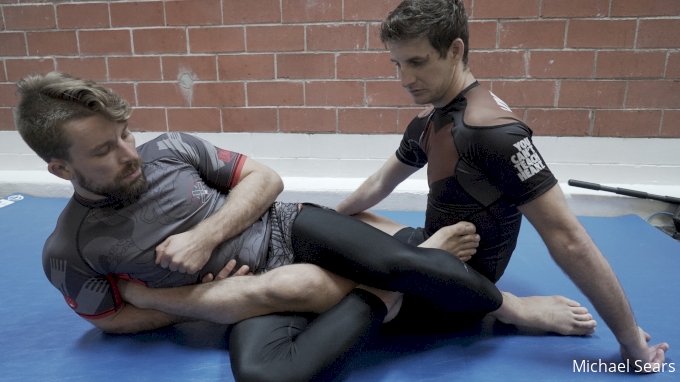
Double outside ashi, often simply called outside ashi, is a straight variation of the outside leg entanglement. The attacker can configure his or her feet in a variety of ways. Some methods provide more rotational force for heel hooks, while others provide better posts for straight ankle lock finishes.
Watch: Nicky Ryan Submits Tony Ramos With A Heel Hook From Outside Ashi
Butterfly Ashi
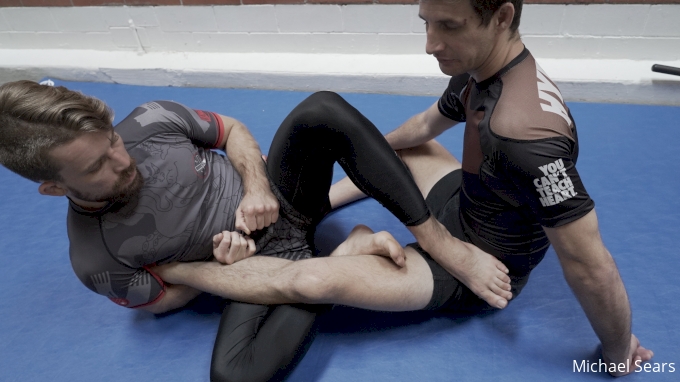
Butterfly ashi, sometimes called short ashi, is a hybrid irumi and outside ashi garami. In this variation, the attacker’s inside foot posts on the defender’s hip, while the attacker’s outside foot hooks behind the defender’s leg similar to a butterfly hook. This position has become one of the consensus favorites for applying ankle locks in gi and no-gi alike. It was popularized by Mikey Musumeci, who used it to win the 2019 Worlds rooster-weight final in less than 20 seconds.
Watch: Mikey Musumeci Gets The Tap From Butterfly Ashi
Straight Inside Variations

Some call it “game over,” others call it the sambo knot or the Z-lock position. Straight inside ashi garami places an immense amount of torque on the defender's knee and hip, meaning the slightest finishing movement is usually enough to warrant a tap. This position is the most colorful example of a knee reap due to the internal rotation it forces on the defender’s knee.
Watch: Junny Gets The Z-Lock Finish
Cross Outside Variations
50-50
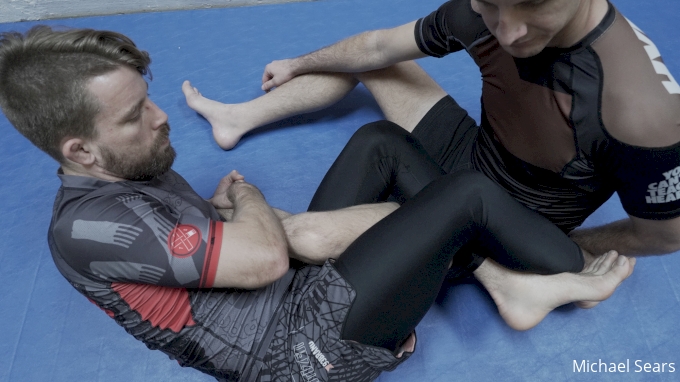
50-50 is one of the most popular leg entanglements, as it has utility in gi and no-gi situations. It is called 50-50 because, at least ostensibly, the position is neutral. Each person has opportunities to attack. Variations in gripping, angles and leg positions can present advantages and disadvantages to each person.
For example, in traditional 50-50, both individuals' knees are controlled between their opponent’s knees. If one person escapes his knee to the floor, that person gains an advantage. This position is sometimes called 80-20 to indicate that advantage.
Outside Sankaku
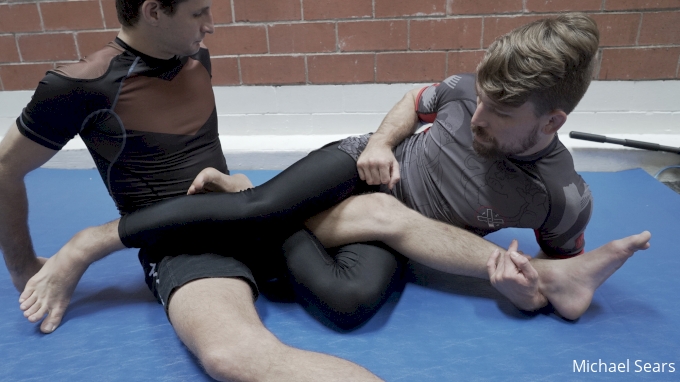
Popularized by Lachlan Giles, outside sankaku is a misaligned variation of outside ashi. The attacker’s inside leg posts against the defender’s torso; the attacker’s outside leg extends across the defender’s hips, creating a triangle. This position allows the attacker to put lateral pressure on the defender’s knee, and to prevent the defender from effectively moving his or her hips. It can also be called 90-10, because it resembles 50-50, but is skewed entirely in favor of one individual against the other.
Watch: Lachlan Giles Transitions From 50-50 To Outside Sankaku To Submit Gaudio
Cross Inside Variations
The Saddle

Cross inside ashi is one of the most desirable leg entanglements for leglockers. Therefore, it has several names. The saddle is one of the most ubiquitous monikers for the position, although those who prefer 10th Planet nomenclature know this position as the honey hole.
The saddle gives the attacker easy access to an inside heel hook, and controls the defender in such a way that he or she can’t simply roll out of the position. The attacker also has a free hand, which they often use to control the defender’s free leg to further impede escape.
Inside Sankaku
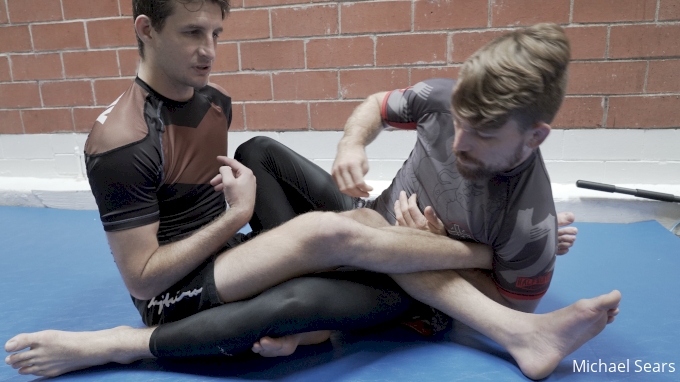
Inside sankaku is a specific variation of the saddle or the honey hole in which the attacker triangles his or her legs inside of the defender’s legs. It is sometimes called 4-11, as the attacker makes a figure-four with his legs, and keeps the defender’s legs parallel, resembling the number 11.
Watch: Craig Jones Submits Roberto Jimenez From Inside Sankaku
Popular Entries
Imanari Roll
Named after one of the pioneers of the modern leglock game, the Imanari roll is a flashy takedown directly into a leg entanglement. The traditional Imanari roll lands the attacker in the saddle. However, a savvy leg locker can manipulate the mechanics in order to finish the technique in 50-50 or outside sankaku, among other leg entanglements.
Watch: Marvin Castelle's Imanari Roll in Slo-Mo

Kani Basami
Forbidden in many competitions, the kani basami is a flying leg-scissors technique with which an attacker jumps into a saddle or inside sankaku.
Watch: Garry Tonon vs Edwin Najmi at the 2019 ADCC World Championships
Seated Kani Basami
In the last few years, the seated kani basami has become one of the most frequently utilized entries into the saddle. The attacker often initiates from a variation of butterfly guard, inverting slightly to extract his or her own leg and then scissoring around the defender’s leg. Even if the attacker does not want to engage in leg attacks, he or she can use this technique to sweep the defender.
Watch: Jon Blank Submits Manuel Ribamar With A Heel Hook After A Kani Basami Entry






